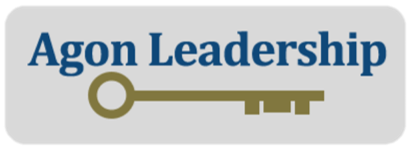Mastering Conflict: Turning Disagreements into Opportunities

When conflicts arise, embrace them rather than avoid them. Different perspectives actually improve the quality of decisions and create better solutions.
Effective conflict management requires genuine listening. Pay real attention to what others are saying, even if it challenges your own thoughts. It's all about respecting each other and improving how we communicate.
When working with others, it is important to make quality decisions while maintaining healthy working relationships. The Thomas-Killman model of conflict management describes five styles for handling conflict. It helps us figure out the best way to deal with issues, depending on how important they are.
And don't sweat disagreements—they're part of the process. If everyone agrees all the time, chances are some key perspectives are being left out.
Keep your focus on the problem itself, not on getting emotional. Understanding the core issue is key to moving forward, instead of getting stuck on personal stuff or past arguments.
Remember, conflict isn't about winning or losing. It's about finding the best solutions together. When we see disagreements as opportunities to explore new ideas, we can turn tension into innovation and strengthen our working relationships.

